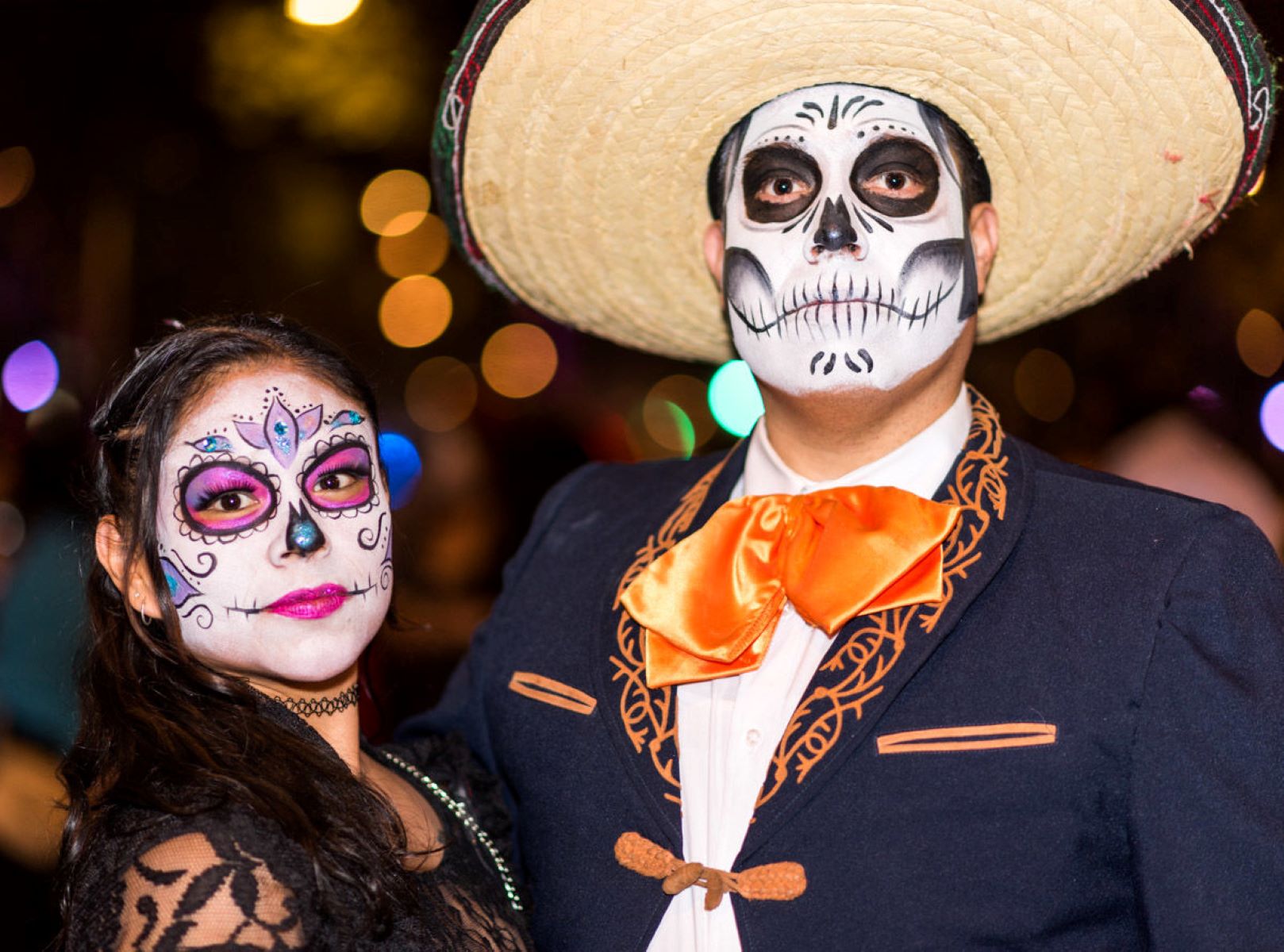Secrets Behind Nicaragua’s Day Of The Dead Traditions

Nicaragua's Day of the Dead, known as "Día de los Muertos," offers a unique blend of indigenous and Spanish traditions. Unlike Mexico's colorful celebrations, Nicaragua's observance is more somber and reflective. Families gather at cemeteries to honor their ancestors, cleaning and decorating graves with flowers, candles, and food. This day provides a chance to connect with loved ones who have passed away, sharing stories and memories. Nicaragua's Day of the Dead emphasizes respect and remembrance, creating a heartfelt atmosphere. Curious about how this tradition differs from others in Latin America? Let's explore the rich cultural tapestry that makes Nicaragua's celebration special.
Understanding Nicaragua's Day of the Dead
Nicaragua's Day of the Dead, known as "Día de los Difuntos," is a vibrant celebration honoring deceased loved ones. This tradition, deeply rooted in Nicaraguan culture, blends indigenous customs with Catholic influences. Let's explore some key places where you can experience this unique celebration.
1. Granada
Granada, one of Nicaragua's oldest cities, offers a rich cultural experience during Día de los Difuntos. The city's colonial architecture provides a stunning backdrop for the festivities.
- Cemetery Visits: Families gather at cemeteries to clean and decorate graves with flowers, candles, and photos.
- Masses and Prayers: Churches hold special masses and prayers for the departed, creating a solemn yet hopeful atmosphere.
2. León
León, known for its historical significance, becomes a hub of activity during the Day of the Dead. The city's vibrant streets and plazas come alive with various traditions.
- Street Altars: Residents set up altars in front of their homes, adorned with offerings like food, drinks, and personal items of the deceased.
- Cultural Performances: Traditional dances and music performances fill the streets, celebrating life and remembering those who have passed.
3. Masaya
Masaya, famous for its folklore and crafts, offers a unique take on Día de los Difuntos. The town's artisans play a significant role in the celebrations.
- Handcrafted Decorations: Local artisans create intricate decorations, including paper marigolds and skeleton figurines, which are used to adorn altars and graves.
- Nighttime Processions: Candlelit processions through the streets create a mystical ambiance, as families walk together to honor their ancestors.
4. Managua
Managua, the capital city, hosts large-scale events that attract both locals and tourists. The city's modern vibe blends with traditional practices during this time.
- Public Altars: Large public altars are set up in parks and plazas, inviting everyone to participate in the remembrance.
- Food Stalls: Street vendors offer traditional foods like tamales and sweet bread, adding a festive flavor to the occasion.
5. Estelí
Estelí, nestled in the northern highlands, provides a more intimate setting for Día de los Difuntos. The town's close-knit community comes together to celebrate in a heartfelt manner.
- Family Gatherings: Families gather at home to share stories and memories of their loved ones, strengthening their bonds.
- Graveyard Picnics: It’s common for families to have picnics at the gravesites, sharing food and drinks with the departed in a symbolic gesture of togetherness.
6. Rivas
Rivas, located near the Pacific coast, combines coastal charm with traditional customs during the Day of the Dead. The town's serene environment adds a unique touch to the celebrations.
- Beachside Altars: Some families set up altars on the beach, blending the natural beauty of the ocean with their tributes.
- Community Feasts: Large communal meals are organized, where everyone shares food and stories, fostering a sense of unity.
7. Matagalpa
Matagalpa, surrounded by lush coffee plantations, offers a picturesque setting for Día de los Difuntos. The town's natural beauty enhances the spiritual experience.
- Coffee Offerings: Families often include coffee, a local staple, in their offerings, symbolizing the connection between the living and the dead.
- Nature Walks: Some people take walks through the coffee fields, reflecting on life and death amidst the serene landscape.
8. Bluefields
Bluefields, on the Caribbean coast, brings a unique Afro-Caribbean flavor to the Day of the Dead celebrations. The town's diverse culture adds a vibrant twist to the traditions.
- Music and Dance: The celebrations feature lively music and dance, blending African and indigenous rhythms.
- Colorful Decorations: Brightly colored decorations and costumes reflect the town's rich cultural heritage, making the festivities visually stunning.
9. Jinotega
Jinotega, known as the "City of Mists," offers a mystical atmosphere for Día de los Difuntos. The town's foggy mornings and evenings add an ethereal quality to the celebrations.
- Foggy Processions: Early morning processions through the misty streets create a hauntingly beautiful scene.
- Storytelling Sessions: Elders share stories of the departed, passing down traditions and memories to the younger generation.
10. Chinandega
Chinandega, with its warm climate and friendly locals, provides a welcoming environment for the Day of the Dead. The town's laid-back vibe makes the celebrations feel relaxed and heartfelt.
- Flower Markets: Local markets overflow with flowers, especially marigolds, which are used to decorate graves and altars.
- Community Gatherings: Neighbors come together to celebrate, reinforcing the sense of community and shared heritage.
Embracing Nicaragua's Unique Day of the Dead Traditions
Nicaragua's Day of the Dead traditions offer a unique blend of indigenous and Spanish influences. Families gather to honor their ancestors with colorful altars, traditional foods, and vibrant music. Unlike other countries, Nicaragua's celebrations are more intimate, focusing on family and community. Visiting cemeteries, decorating graves, and sharing stories about loved ones are central activities. These customs not only preserve cultural heritage but also strengthen family bonds. Experiencing this event provides a deeper understanding of Nicaraguan culture and its emphasis on family and remembrance. Whether you're a local or a visitor, participating in these traditions is a meaningful way to connect with the past and appreciate the present. So next time you're in Nicaragua during this special time, take part in the festivities and embrace the rich cultural tapestry that makes this celebration truly unique.

